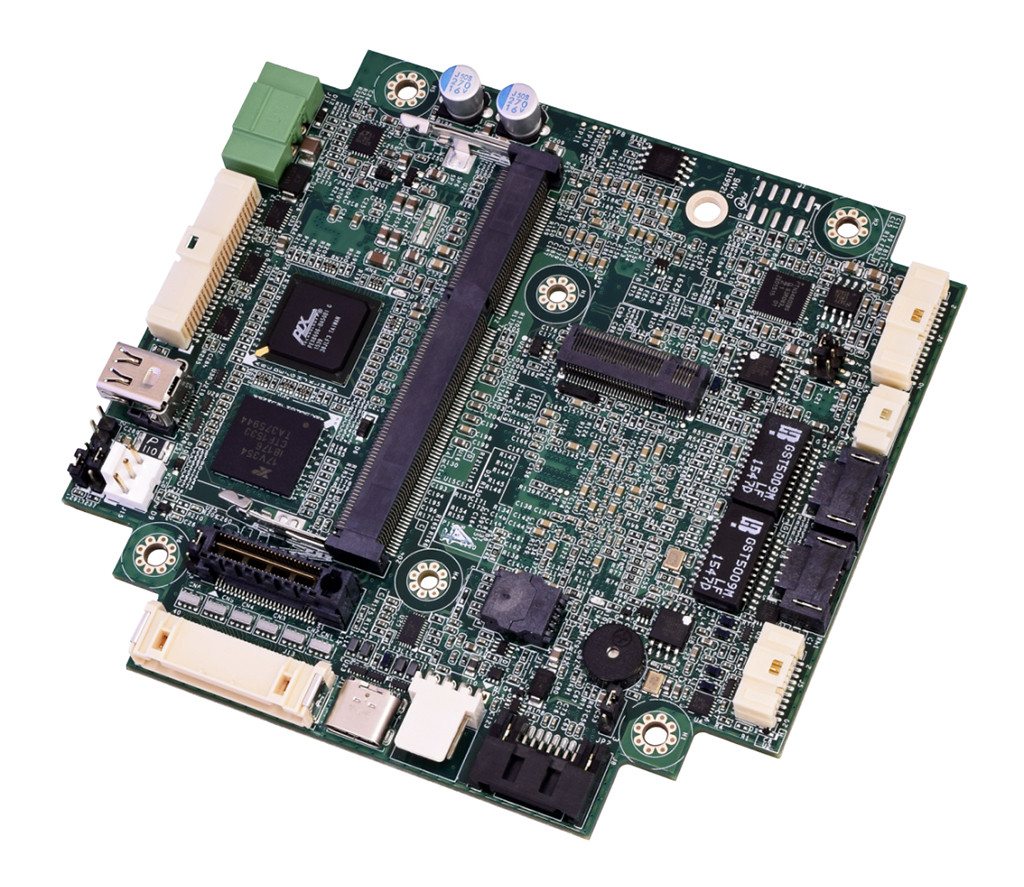By George T. Hilliard
Processor technology advances at breakneck speed, with new devices coming every 12 to 24 months. Bus standards aren’t moving quite as quickly, but they’re no slouch either. With (relatively) slower moving applications like MIL/COTS, medical, and industrial and their five to seven-year lifecycles, the pace of these upgrades can spell rapid obsolescence for today’s single-board computers (SBCs).
Embedded engineers must, therefore, adopt a hardware infrastructure that can meet the requirements of today’s applications while providing an upgrade path for the technologies of tomorrow. Doing so reduces costs, extends the longevity of products, and enables technology reuse far into the future.
It’s a strategy that sounds great in theory, but can be tricky in practice, especially, when you’re dealing with real-world deployments that comprise a mix of legacy technologies. Fortunately, a time-tested industrial SBC standard—PC/104—offers an upgrade path across several generations of technology.
The demands for systems aimed at the MIL/COTs, industrial, and medical spaces will vary depending on the specific needs of those applications. But in most cases, downtime results in anything from big revenue losses to life-threatening situations. Such systems are designed to monitor people, equipment, etc. In some cases, they could be completely new applications, while in others, they are updating or augmenting existing equipment.
The PC104 family of industrial SBC standards serves well as a means of supporting legacy technologies based on the ISA and PCI buses as well as more modern bus architectures like PCIe and USB.
PC104 modules have been around for quite some time. In fact, the first modules hit the market around 1987. Since then, hundreds of cards have been introduced, from dozens of manufacturers. It helps that the standard is based on the popular original PC bus, so legacy components abound. The key attributes of PC/104 are its compact form factor, 3.6 by 3.8 in.; the ability to stack the modules using rugged and reliable pin-and-socket connectors; and ecosystem of expansion modules.
PC/104-Plus takes the original PC/104 spec one step further by infusing the use of the PCI bus. PC/104-Plus was ratified in 1997. An important aspect of this standard is that the modules can be used in the same stack with standard PC/104 modules.
One module that maximizes the power of the PC104-Plus spec is the WINSYSTEMS PPM-C407 single-board computer. It’s designed with an Intel Atom E3800 multicore, system on chip (SOC) to maintain a power level that’s low enough to permit fanless operation. The full-featured SBC supports DisplayPort, and/or VGA/LVDS video simultaneously and houses a Gigabit Ethernet port, four USB 2.0 ports, two serial RS-232/422/485 COM channels, two serial RS-232 COM channels, audio, and a watchdog timer.

Then there’s the PCI-104-Express specification, or PCIe 104, which is a forward- and backward-compatible technology option (again using the same form factor) for bridging PCI-based systems to PCI Express technology. Along with PCIe/104, the technology has essentially come full circle, bringing a modern PCI Express interface to a technology that’s somewhat long in the tooth.
SBCs like WINSYSTEMS’ PX1-C415 offer examples of how the PCIe/104 technology is employed in a PC/104 form factor. The board uses the OneBank connector, which is smaller than the traditional PCI/PCIe connector, to conserve board space and support USB connectivity.

The PX1-C415 features the Intel Atom E3900 series SoC processors and dual Ethernet. Hence, it works well in industrial IoT applications and embedded systems in the industrial control, transportation, Mil/COTS, and energy markets thanks to its small size, rugged design, and extended operating temperature range.
Security features such as ECC RAM and crypto acceleration ensure that SBCs like the PX1-C415 offer industrial IoT readiness today and the flexibility for tomorrow’s systems. This, of course, is backed by the strength and longevity of the PC/104 ecosystem and trusted suppliers like WINSYSTEMS.
